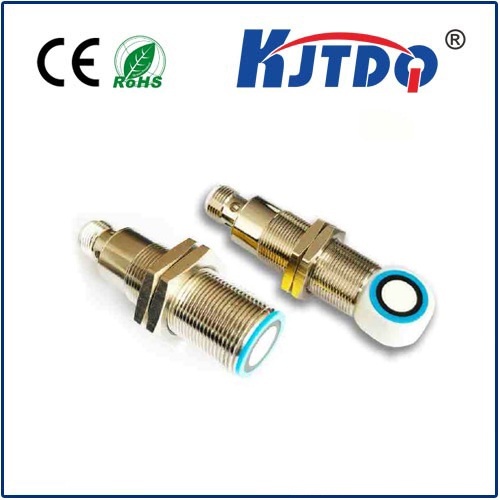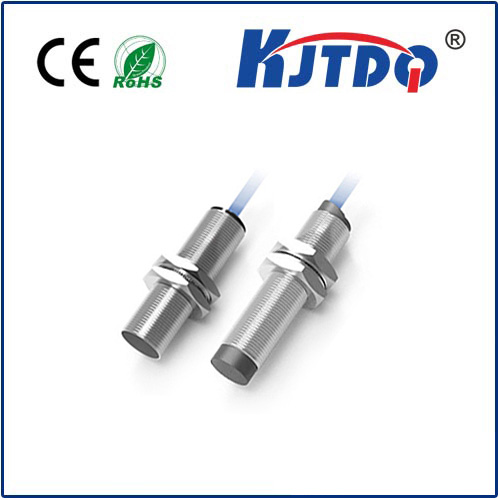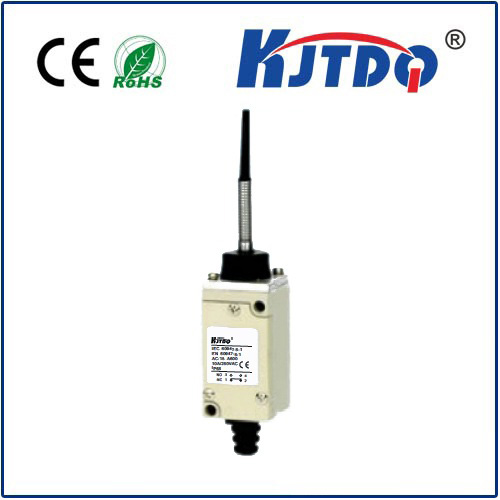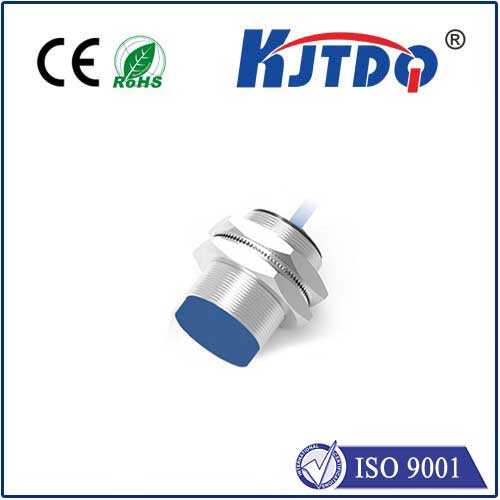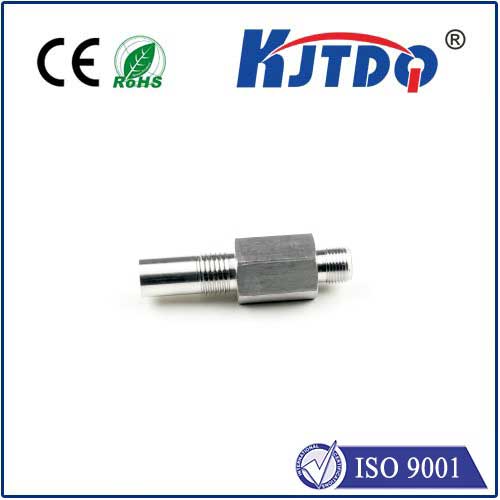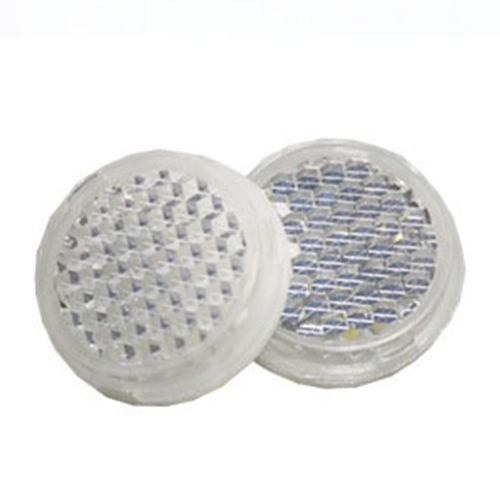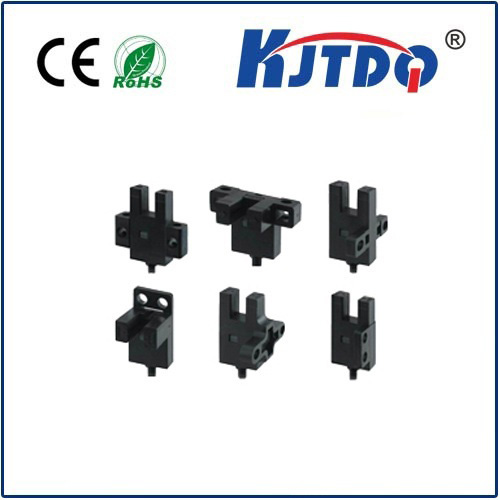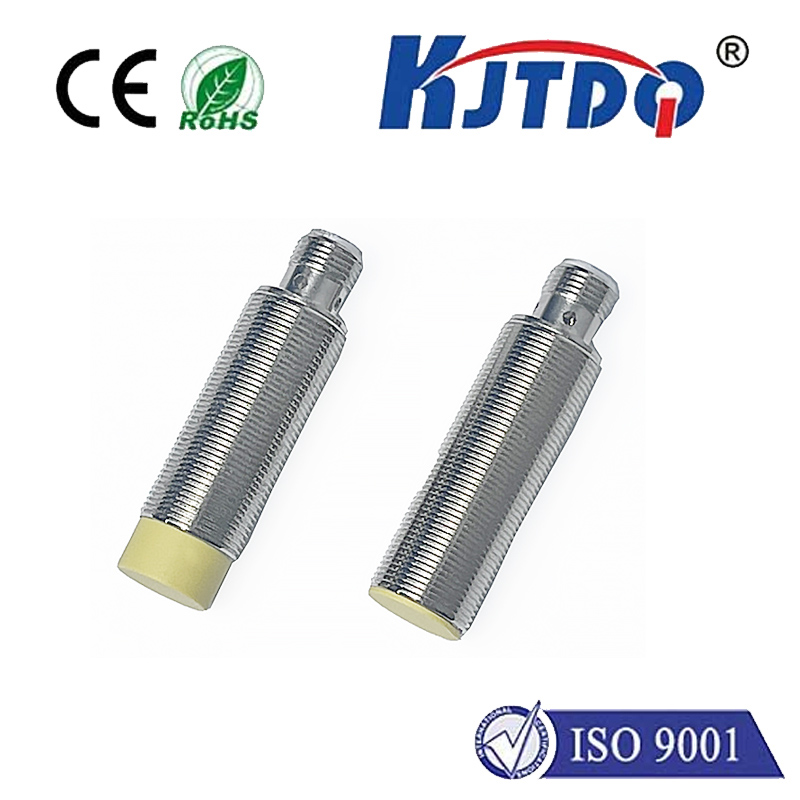laser distance sensor short range
- time:2025-08-27 15:13:25
- Click:0
Mastering Precision Up Close: Your Guide to Short-Range Laser Distance Sensors
Hook: In the intricate dance of modern manufacturing assembly lines, within the confines of medical device calibration chambers, or perched on agile robotics arms – achieving pinpoint accuracy over mere millimeters or centimeters isn’t just desirable; it’s absolutely critical. When your application demands sub-millimeter precision at arm’s length, the short-range laser distance sensor emerges as the undisputed champion.
Understanding the Short-Range Laser Distance Specialist
Unlike their long-range counterparts designed for hundreds of meters, short-range laser distance sensors excel at close-quarters measurement, typically spanning from a few millimeters up to approximately 10-30 meters, depending on the model. Their core mission is to deliver exceptional accuracy and high resolution within this limited zone. While technologies like ultrasonic sensors or infrared proximity sensors cover similar ranges, laser sensors offer significant advantages: unparalleled precision, a sharply defined measurement spot, immunity to ambient light and color variations (within limits), and blazing-fast response times.
How Do They Work? The Laser Triangulation Principle
Most short-range laser sensors rely on a method called triangulation. Here’s the breakdown:

- Laser Emission: A highly focused laser diode projects a small, visible or invisible (infrared) point of light onto the target surface.
- Reflection Capture: The light reflects off the target.
- Position Analysis: The reflected light hits a position-sensitive detector (like a CMOS or CCD array) inside the sensor. The exact spot where the reflected light hits this detector changes angle depending on the distance of the target from the sensor.
- Distance Calculation: Sophisticated onboard electronics analyze the position of the light spot on the detector. Using the fixed, known angles within the sensor (the baseline between the laser source and the detector lens), trigonometric calculations determine the precise distance to the target with remarkable accuracy.
Key Features & Advantages Defining Short-Range Performance
What makes these sensors stand out for close-up work?
- Exceptional Accuracy & High Resolution: This is their raison d’être. Sub-millimeter accuracy, even down to microns in specialized models, is achievable. Resolution allows detection of minute distance changes.
- Compact Beam Spot: The focused laser generates a very small measurement spot. This enables precise targeting of specific features on tiny components or measuring within tight spaces where a larger beam would be impractical or inaccurate.
- High Speed: Measurements are taken thousands of times per second (kHz range), making them ideal for high-speed production lines, dynamic robotic guidance, or real-time quality control without introducing bottlenecks.
- Minimal Beam Divergence: Over short distances, the laser beam spreads out very little. This maintains a consistent spot size and contributes significantly to measurement stability and repeatability.
- Compact Form Factor: Designed for integration into machinery and tight equipment layouts, these sensors are often remarkably small and lightweight.
- Target Material Versatility: They generally work well on a wide range of surfaces – shiny, dark, matte, or even transparent materials (though special settings or models may be needed for challenging surfaces like glass or black rubber).
Where Short-Range Laser Sensors Shine: Core Applications
Their unique capabilities make them indispensable across countless industries:
- Precision Manufacturing & Assembly: Micron-level positioning control in CNC machining, verifying component heights on PCBs, gauging part thickness or contour measurement, ensuring precise gap or step heights between assembled parts.
- Robotics & Automation: Providing real-time position feedback for robotic arms handling delicate tasks (like wafer handling), guiding AGVs (Automated Guided Vehicles) in confined spaces, or enabling robots to perform intricate assembly or dispensing tasks with positional certainty.
- Electronics Production: Precisely measuring solder paste thickness, verifying component placement accuracy before reflow, controlling wire bond loop heights.
- Pharmaceutical & Medical Device Manufacturing: Ensuring critical dimensional accuracy of tiny components like syringes, implants, or drug delivery mechanisms.
- Quality Control & Inspection: High-speed thickness measurement of films, sheets, or coatings, detecting warpage on small parts, verifying fill levels in small containers/vials.
- Lab & Research Equipment: Providing precise displacement feedback in microscopy stages, micro-manipulators, and other delicate instrumentation.
Choosing the Right Short-Range Laser Sensor: Key Considerations
Selecting the optimal sensor requires matching its specifications to your application’s demands:
- Measuring Range: Clearly define the minimum and maximum distances you need to cover. Don’t over-specify; choose the sensor whose optimal range centers on your typical working distance.
- Accuracy & Resolution: What level of precision is truly necessary? Understand the difference between accuracy (how close to the true value) and resolution (smallest detectable change).
- Spot Size: How small is the feature you need to measure? Ensure the sensor’s spot size is appropriate to avoid averaging errors on complex surfaces.
- Target Characteristics: What materials, colors, and surface finishes will you be measuring? Highly reflective or transparent materials may require specific sensor models or settings.
- Response Time/Speed: How rapidly do distances change, or how fast must measurements be taken? Match the sensor’s output speed to your process requirements.
- Environmental Conditions: Consider factors like ambient temperature variation, potential exposure to dust, moisture, or vibration, which can impact performance. Look for appropriate IP ratings.
- Output Interface: Does your system require analog voltage/current, digital serial (RS232/RS485/Modbus), USB, Ethernet, or discrete switching outputs (PNP/NPN)?
- Physical Size & Mounting: Ensure the sensor fits within the spatial constraints of your machinery or equipment.
Integrating for Success: Practical Tips
- Secure Mounting: Vibration is the enemy of precision. Use stable mounts designed to minimize sensor movement.
- Minimize Environmental Interference: Shield the sensor path from other intense light sources or reflective surfaces that could cause optical crosstalk. Manage dust or mist that could scatter the laser beam.
- Calibration & Setup: Follow the manufacturer’s calibration instructions meticulously. Many sensors require initial setup (e.g., setting the reference distance) using the provided software or interface.
- Surface Considerations: If measuring challenging surfaces (e.g., very dark matte or clear glass), consult the sensor manufacturer. Specialized sensors or settings (like background suppression modes) may be needed.
Harnessing Unmatched Up-Close Precision
The short-range laser distance sensor fills a vital niche in the world of automated measurement and control. Its unmatched combination of high accuracy, fine resolution, small spot size, and rapid response solves complex challenges in manufacturing, robotics, electronics, and beyond where precision over millimeters matters. By thoughtfully selecting the right sensor based on your specific requirements and integrating it effectively, you unlock the power to achieve new levels of quality, efficiency, and control in applications demanding the utmost precision at close range.






